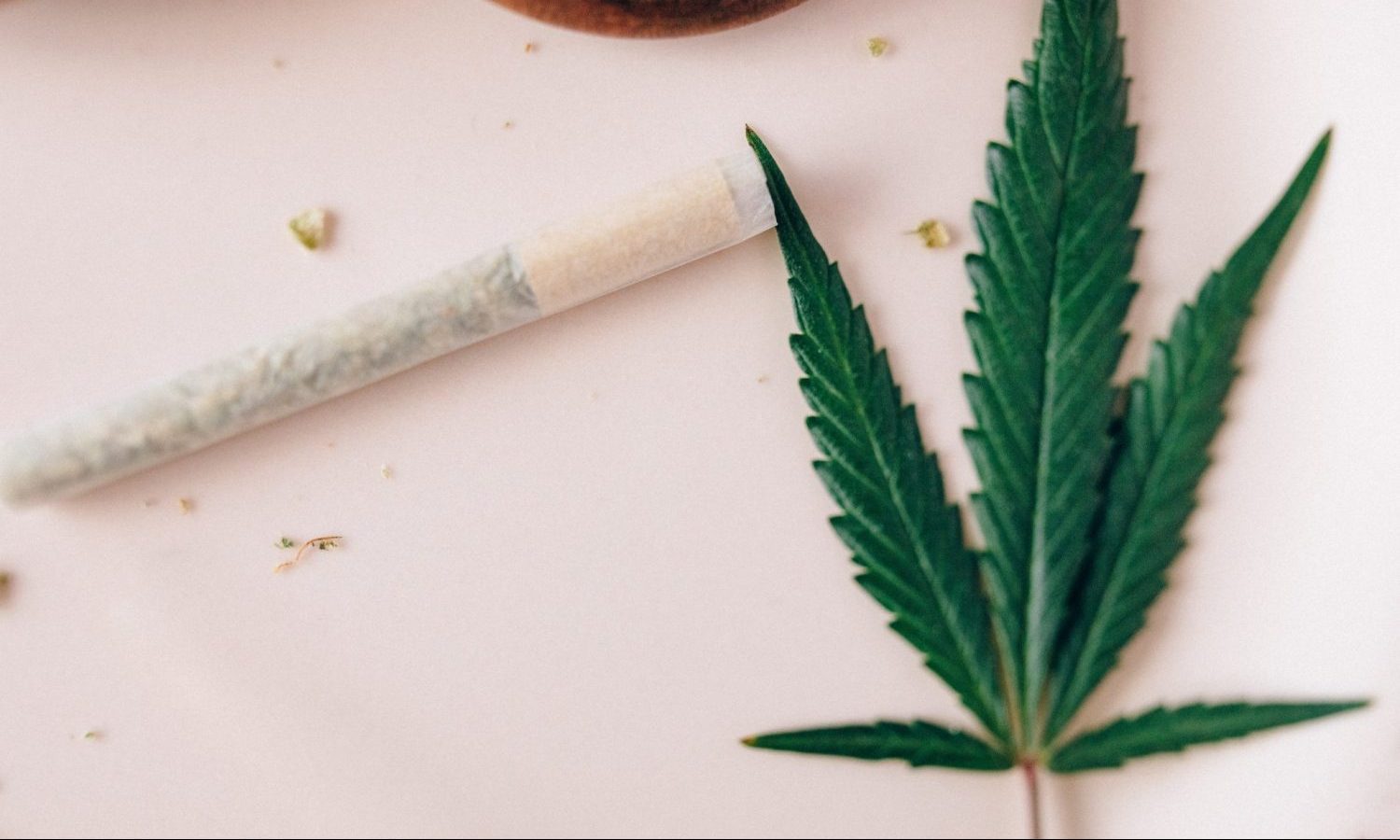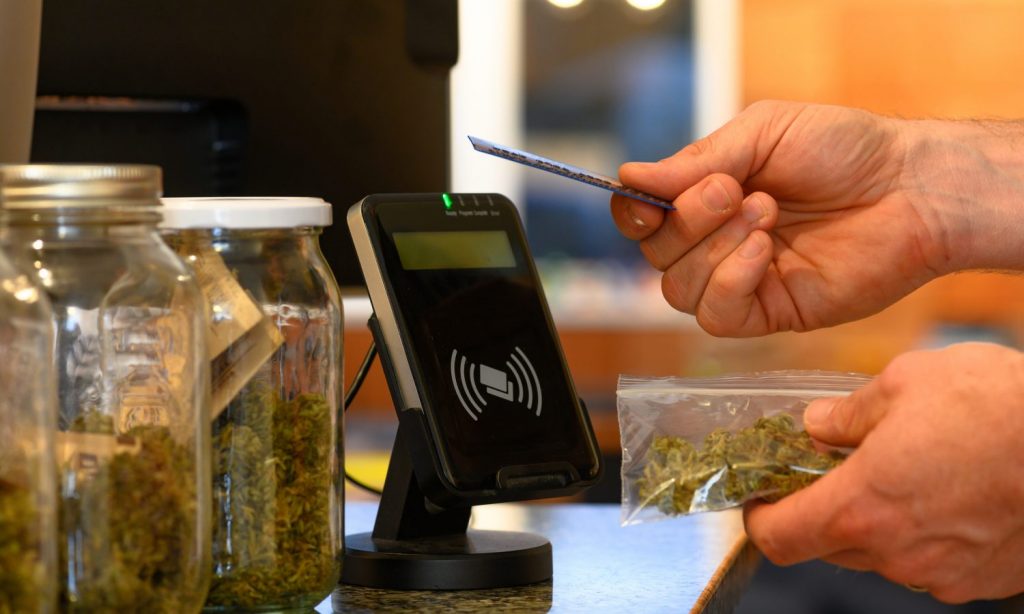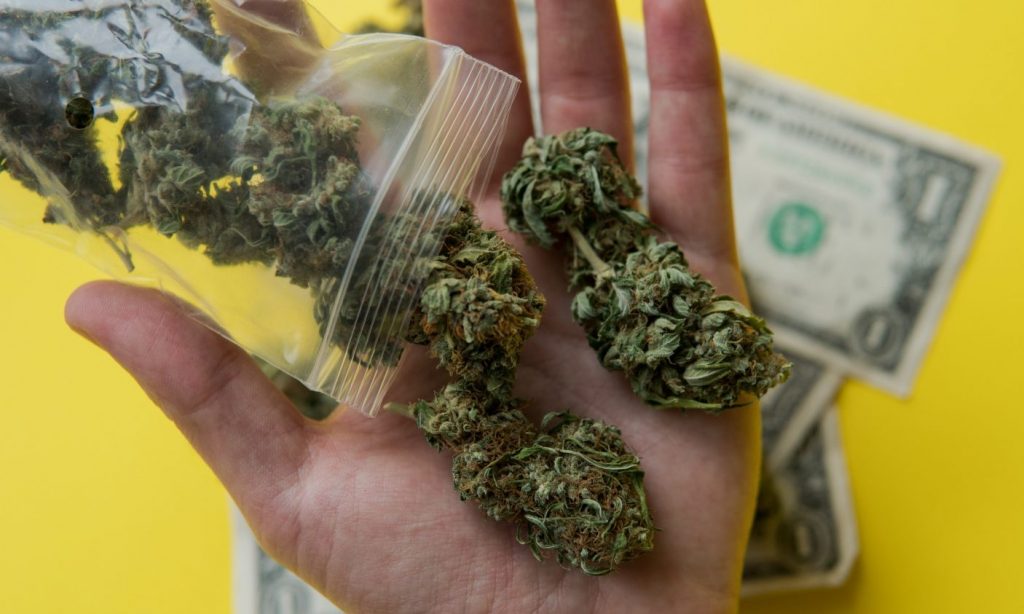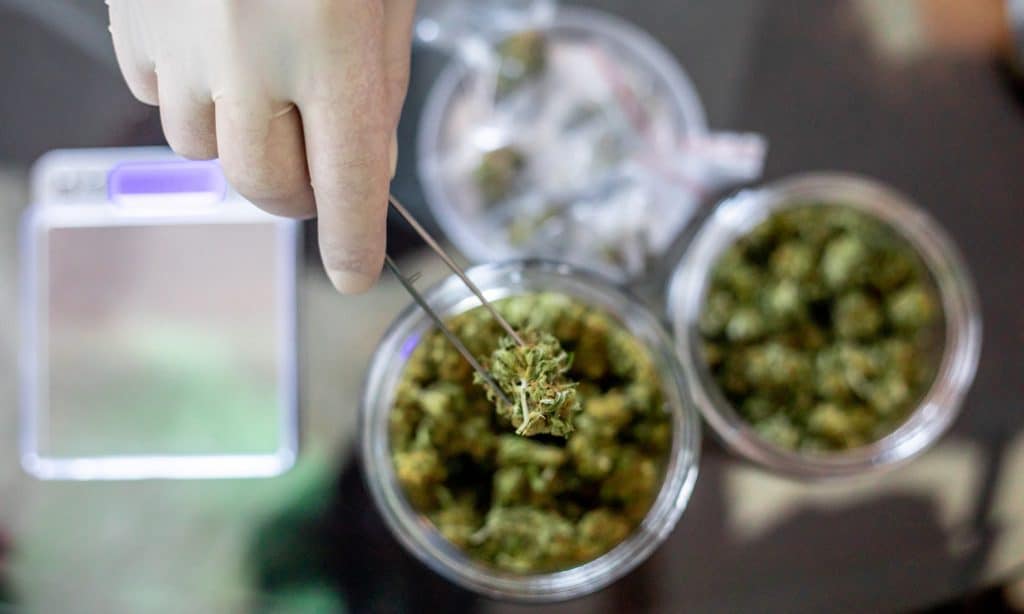You are here
Home 🌿 Recreational Marijuana News 🌿 The Disconnect Between Cannabis Companies And Consumers 🌿The Disconnect Between Cannabis Companies And Consumers

Ultimately, you want to make a “black market competitive weed” where the price maybe is elevated due to regulatory costs, but still very accessible to blue-collar consumers.
There is a reason why roughly 80-90% of the weed purchased in Canada is still from the black market — price.
When cannabis was illegal, it was one of the cheapest drugs available on the planet. In fact, in “Walk Hard: The Dewey Cox Story,” they poke fun at how “not dangerous” it really is.
Of course, when it was illegal it didn’t have the sophisticated processes of cultivation like we have today in the legal market. It also didn’t have all of the strict regulation which elevates the cost to consumer.

Photo by stockstudioX/Getty Images
Yet since cannabis has been legalized officially, the price per gram has been increasing. While this trend will not hold for too much longer — especially after the U.S. enters officially into the cannabis marketplace — there are some new brands trying to “get the money!” from stoners.
Some might argue, “Reg – the cost of production, regulations, quality – it all matters in terms of price” and I’m right there with you – of course it does!
However, the elevated costs are not a matter of the plant itself but rather the new industry rules that are driving up the price. Things like not being able to grow outside for instance forces companies to grow indoors.
Indoor cultivation has a large carbon footprint and elevated costs of production. Sure, it gives you fantastic weed, but a greenhouse would be able to achieve the same results as any indoor grow operation (if not better) while drastically cutting costs of operations. Namely in climate control and lights.
But everything I’m mentioning is related to the “unmovable” items. By unmovable I’m referring to things that the cannabis companies themselves cannot change whether they like to or not. For example, if a particular state has rules in place that requires all cannabis crops to be tested before being sold; this is something that a legal company cannot circumvent.
Legal weed is just more expensive
Because of all of the aforementioned issues, the average stoner must accept that legal weed is just more expensive.
That’s okay. Stoner’s do not have a problem paying 15-20% more for their weed if they know they can get high quality and easily accessible weed with a robust catalog of products.
Hell, stoners would probably pay up to 30% more.
The problem is that the average person in the United States makes roughly $900 a week or $3600 a month.

Photo by Kirill Vasilev / EyeEm/Getty Images
If you’re making that much money, you’re most likely renting your place. So let’s say that at least 25% of the income is spent on rent, which is roughly $900. Some might say, “Dude I pay $450,” but I’m using averages here so don’t be a d**k about it.
But if you take a closer look at how many people get paid minimum wage in the U.S., a 2019 survey placed that number at 58.1% of wage workers or 82.3 million people in the U.S.
That is, they make a whopping $7.25 per hour. This is roughly between $58-$72 per day. On a six day work week we’re talking about $350 — $432 a week. That’s about “half” of the average earnings of the entire population.
Now the $450/month or even $350/month rent starts looking steep.
Why it’s important to understand the situation of 82 million Americans
The reason I’m writing this article is to illustrate the disconnect between cannabis companies and a significant portion of the US population.
These “blue collar” workers take up a lump sum of cannabis consumers. In fact, this demographic have some of the heavier consumers within it.
And when you’re sitting on $1500-$2000 per month, with elevated costs of living — a $20 joint is not cheap!
Yet frequently you see dispensaries and companies try to pitch “premium cannabis” selling joints and blunts at $100 per pop. Even the price of premium pre-rolls or raw cones can creep up quickly.

Photo by rawpixel.com
Sure, these dispensaries and companies are making money and yes there are people willing to spend on this.
But these companies are also alienating a large portion of their potential consumer market and is the reason why the vast majority of weed still comes from the black market.
Why spend $160 an ounce when $90 an ounce would do?
What companies should be doing to win the cannabis game
If you’re thinking about venturing into the cannabis marketplace, I challenge you to create the “Average Jane Dispensary” which caters to the Average Jane and Joe’s of the world.
In these “Blue Collar Dispensaries” you aren’t trying to sell the Premium Weed that everybody is promoting on Instagram, but rather ‘good weed’ that gets the job done.
You want a weed between 8%-15% in THC that will give you enough of a buzz, but not floor you like the hyper elevated THC-strains.
You’ll want to have a robust crop, preferably a hybrid with indica characteristics on the buds — short, fat and stocky. You’ll want to have a decent curing time, but it doesn’t have to be as elaborated as premium strains.

Photo by CasarsaGuru/Getty Images
Ultimately, you want to make a “black market competitive weed” where the price maybe is elevated by 10-20% due to regulatory costs, but still very accessible to these blue-collar stoners.
Who is going to be the Walmart of Weed?
Right now, there is not a single brand that has honed in on one of the largest consumer groups within the cannabis space. The first company to master the art of cheap-yet-effective weed, will win the marijuana game simply because of the sheer volume of consumers within this demographic.
If this doesn’t happen, the blue collar stoner will continue to buy from the streets because when it comes to breaking the law and paying for food, it’s far more cost effective to break the law…if you’re not caught.
This year, the United States will probably try to make a push for Federal legalization. I’m not sure if it’s going to happen with Old Touchy Joe at the helm, but then again, I have been surprised in the past as well.
I know that President Joe Biden caters to Pharma and not to the “average Joe” as he claims in his campaign promises, so odds are that the blue collar worker will still need to buy illegally post federal legalization — at least for a few years more.
420 Intel is Your Source for Marijuana News
420 Intel Canada is your leading news source for the Canadian cannabis industry. Get the latest updates on Canadian cannabis stocks and developments on how Canada continues to be a major player in the worldwide recreational and medical cannabis industry.
420 Intel Canada is the Canadian Industry news outlet that will keep you updated on how these Canadian developments in recreational and medical marijuana will impact the country and the world. Our commitment is to bring you the most important cannabis news stories from across Canada every day of the week.
Marijuana industry news is a constant endeavor with new developments each day. For marijuana news across the True North, 420 Intel Canada promises to bring you quality, Canadian, cannabis industry news.
You can get 420 Intel news delivered directly to your inbox by signing up for our daily marijuana news, ensuring you’re always kept up to date on the ever-changing cannabis industry. To stay even better informed about marijuana legalization news follow us on Twitter, Facebook and LinkedIn.




